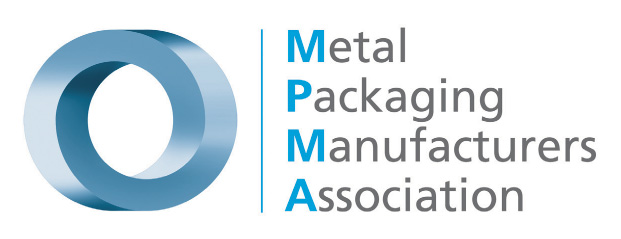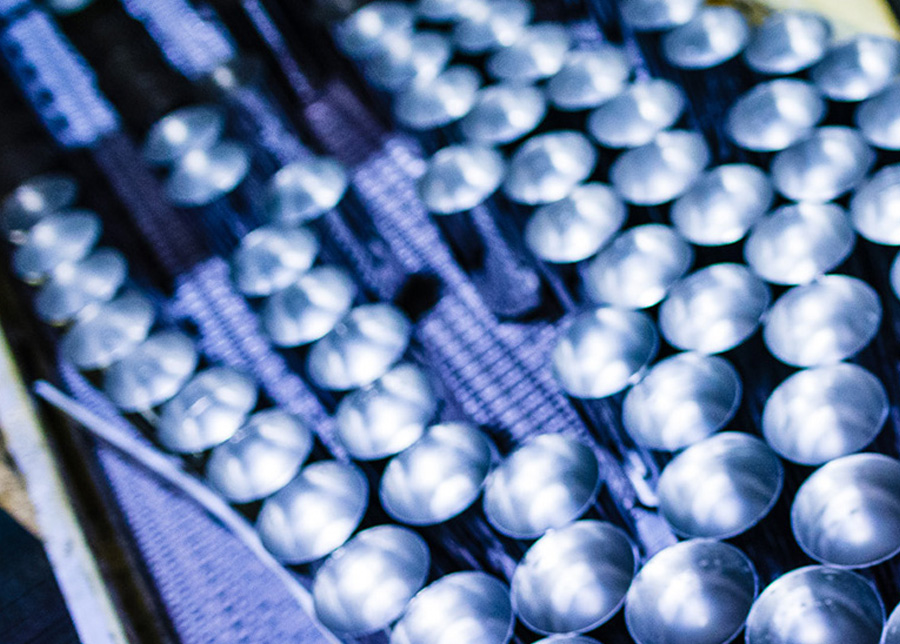LCAS – PERSUASIVE ARGUMENT OR A SEA OF CONTRADICTIONS?
As the old saying goes “There are three kinds of lies: lies, damned lies, and statistics“. It’s not totally clear who first coined the phrase, but it first seems to have appeared in 1891 and has been used ever since to describe, amongst other things, the use of statistics to bolster weak, and even questionable arguments.
A curious way to start a blog you might think, but bear with me.
Over the last few years and months I’ve seen LCAs used to praise and damn every form of packaging format pretty much in equal measure. They all use persuasive arguments and clever calculations, and all claim to be the final word in LCA accuracy. The problem of course is while they all profess to be correct, they often contradict each other, sometimes in spectacular fashion.
The point is, they can’t all be right, and in fact given the level of contradiction, some must be very wrong. The question therefore has to be asked, how can pieces of work supposedly undertaken using scientific rigour produce such conflicting results.
There are several ways of answering this of course, depending on how cynical you’re feeling at the time.
In the least cynical answer you could talk about the “legitimate” use of setting different system boundaries or including or excluding different elements to ease the complexity of the calculation.
In the more cynical version of the answer, and sadly the one that I suspect is the more accurate, you could imagine a request to the consultant or research team going something along the lines of “make our packaging format look as good as you possibly can”.
Vested interest is a dangerous thing when you’ve got serious problems to resolve, and not too long to resolve them in. It doesn’t matter how persuasive your arguments or how clever your calculations, if your material can’t be easily recycled, or the infrastructure is not in place, or even if it can be recycled, but no one wants it, then you’re only going to add to the problem and make the situation worse.
The European Commission seems to agree and has recently adopted a new Circular Economy Action Plan which forms part of their European Green Deal, Europe’s new agenda for sustainable growth.
The new Action Plan includes initiatives along the entire life cycle of products, targeting amongst other things, their design, promoting circular economy processes, fostering sustainable consumption, and aiming to ensure that the resources can be used in the economy for as long as possible.
The Action Plan also reminds us that up to 80% of a product’s environmental impacts are determined at the design phase.
In Section 3.3 which covers packaging, the Action Plan states that “In order to ensure that all packaging on the EU market is reusable or recyclable in an economically viable way by 2030, the Commission will review Directive 94/62/EC to reinforce the mandatory essential requirements for packaging to be allowed on the EU market”.
All things being equal this should be good news for metal packaging, after all, metal packaging is already fully reusable or recyclable, and already has a complete and self-financing recycling infrastructure in place. Additionally, its recyclability is not affected or diminished in any way by pack customisation or by contamination from the pack’s contents.
Unlike many other packaging materials, the only way you can stop metal packaging from being recyclable is to store radioactive material in it! An extreme example I know, but frankly beyond that the recycling process can comfortably deal with pretty much anything, including the material passing thorough a waste incinerator.
This helps to explain why something like 80% of all the metal ever produced is still in use today and why metal paint cans for instance, are classified as widely recycled – contamination by dried paint has no effect on their recyclability. The furnace just doesn’t care.
Which all brings me back to my initial side swipe at LCAs. For me it’s very simple, is the material recyclable, easy to extract from the waste stream, and will it actually be reused if collected? Does it have a high recycling rate with the possibility of getting to a 100%? Also, when it is reused will it have a beneficial effect compared to using its virgin alternative by reducing the impact of that material on the environment? And finally, can it be used again and again with no loss of quality?
If you can’t answer yes to these questions I’m not sure it really matters what your favourite LCA says.

